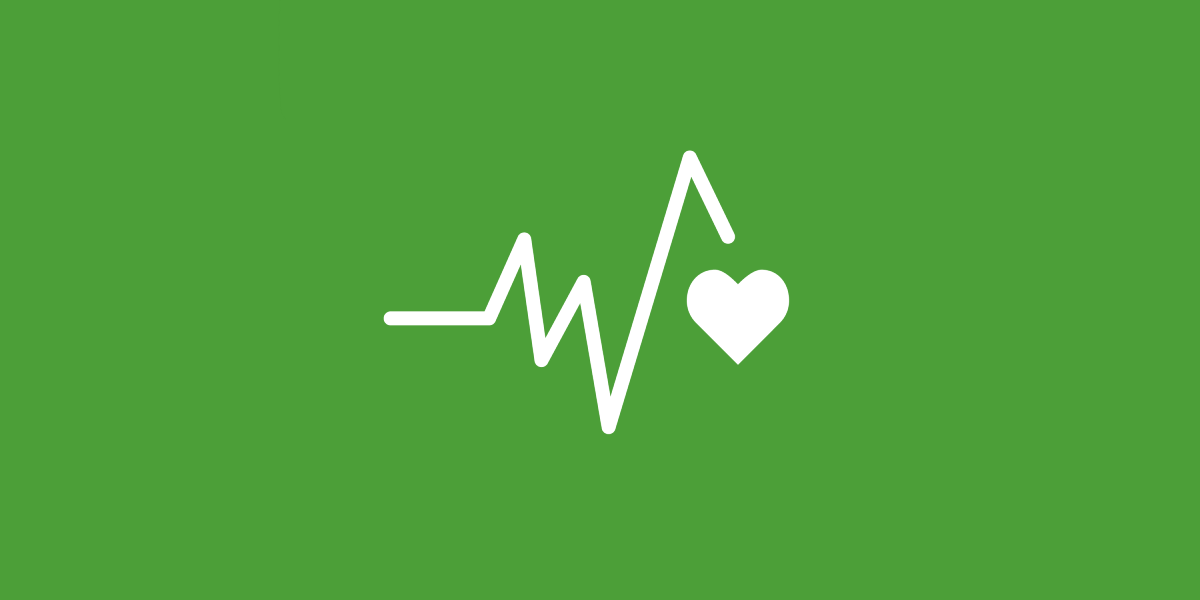On January 1st, 2016, the 193 member countries of the United Nations approved, at a summit held in New York, the “2030 Agenda for Sustainable Development”. This document is a continuation of the previous Millennium Development Goals, containing an extension that includes cross-cutting themes like climate change, economic inequality, innovation, sustainable consumption, peace and justice. Unlike its predecessor, with 8 goals and 28 established targets, the SDGs consist of 17 goals and 169 targets, which are integrated, correlated and thought with a holistic vision.
Given the situation we are living, we believe it is important to review the impact that the SDG: Good Health and Well-Being has within the Argentine territory. The third goal seeks “To ensure healthy lives and promote well-being for all at all ages” and according to the United Nations this goal is essential to achieve the 2030 goals since it ensures the building of prosperous societies.[1] However, considering all the inequalities that continue to persist in access to healthcare worldwide, this is one of the goals that presents greatest obstacles. As of today, the gap between the countries with longer life expectancy and those with lower represents a discrepancy of 31 years. [2]
Argentina, as a member of the United Nations is part of the countries committed with the Sustainable Development Goals. Goal 3 has received particular attention by having 12 aims adopted as of December 2018. [3] From the National Council for the Coordination of Social Policies, in charge of the Presidency, it was made available a website (https://www.odsargentina.gob.ar/) in order to publicize the actions carried out at national level. According to the information shared on the site, we can see how the government works on them according to three categories: Government Aims, Government Priorities and SDGs. On a scale of 100 priorities it can be noted that goal 3 is involved in 5 of them. Among them we can find: 24. Promotion of Research and Development; 43. Universal Health Coverage; 47. Public Participation; 53. Gender Policies and in position 56, the Public Healthcare System in Greater Buenos Aires. The scale goes highest to lowest priority, being the first one that of greatest urgency. The information can also be found in the Monitoring Platform for the SDGs in Argentina[4].
Nonetheless the achievement of the SDGs is a topic that does not only involve the state level, but it also permeates all sectors. In this sense, both the civil society and the private sector are involved.
Taking this into account, at RACI we count with the SDGs Platform. This is a digital platform open to all civil society in which any organization can register and upload the projects in which they work, providing they are in line with the goals of the 2030 Agenda. By taking the information gathered from it as a parameter, it is important to note that today the goal 3 is the second one on the most represented goals scale with 117 uploaded projects, being goal 10. Reduced Inequalities the one with the most projects (118).
On the other hand, by taking the Local Private Social Investment Directory (ISPL) as a source of information, it is possible to note that within the private sector the work of the entities included in this study makes Goal 3 third on the most represented SDG scale. This trend is repeated in both companies and foundations. Following the data of the ISPL, it is also necessary to consider that between 2014 (first edition of the ISPL Directory) and 2019, the topic “Health” has slightly increased its importance in both foundations and companies.
Comparative 2014 – 2019:
It is interesting noting that although both in the data acquired in the SDGs Platform and from the ISPL Directory the third goal is of great relevance, this data is not representative at a federal level. This is because in both cases the bulk of the registered actions is in Buenos Aires and the Autonomous city of Buenos Aires. This particularity highlights the main obstacle of the third goal: inequality in terms of access.
If you wish to obtain more information about the SDGs and their implementation, we invite you to visit our Virtual Library. Here you will find the latest edition of the Local Private Social Investment Directory as well as consult all our bibliography in PDF format and for free. In turn, if you have not yet registered your Social Cause Organization on the SDGs Platform (www.plataforma-ods.org), we invite you to do so. When added you will be able to start uploading projects and framing them within the goals of the 2030 Agenda. By taking part in the Platform we are contributing to generate information accessible to everyone and, in turn, to make visible the action we carry out from civil society.
[1] United Nations: “GOOD HEALTH AND WELL-BEING: WHY IT MATTERS”. Available on https://www.un.org/sustainabledevelopment/wp-content/uploads/2017/03/ENGLISH_Why_it_Matters_Goal_3_Health.pdf
[2]United Nations Development Programme (UNDP): “Goal 3: Good Health and Well-Being”. Available on: https://www.undp.org/content/undp/en/home/sustainable-development-goals/goal-3-good-health-and-well-being.html
[3] National Council for the Coordination of Social Policies: Voluntary National Review 2017 for the High-Level Political Forum on the United Nations Sustainable Development. July 2017. Available in Spanish on: https://www.odsargentina.gob.ar/public/documentos/seccion_publicaciones/ods/informe_voluntario__para_web_.pdf
[4] Available in Spanish on: https://www.odsargentina.gob.ar/VinculacionODS


